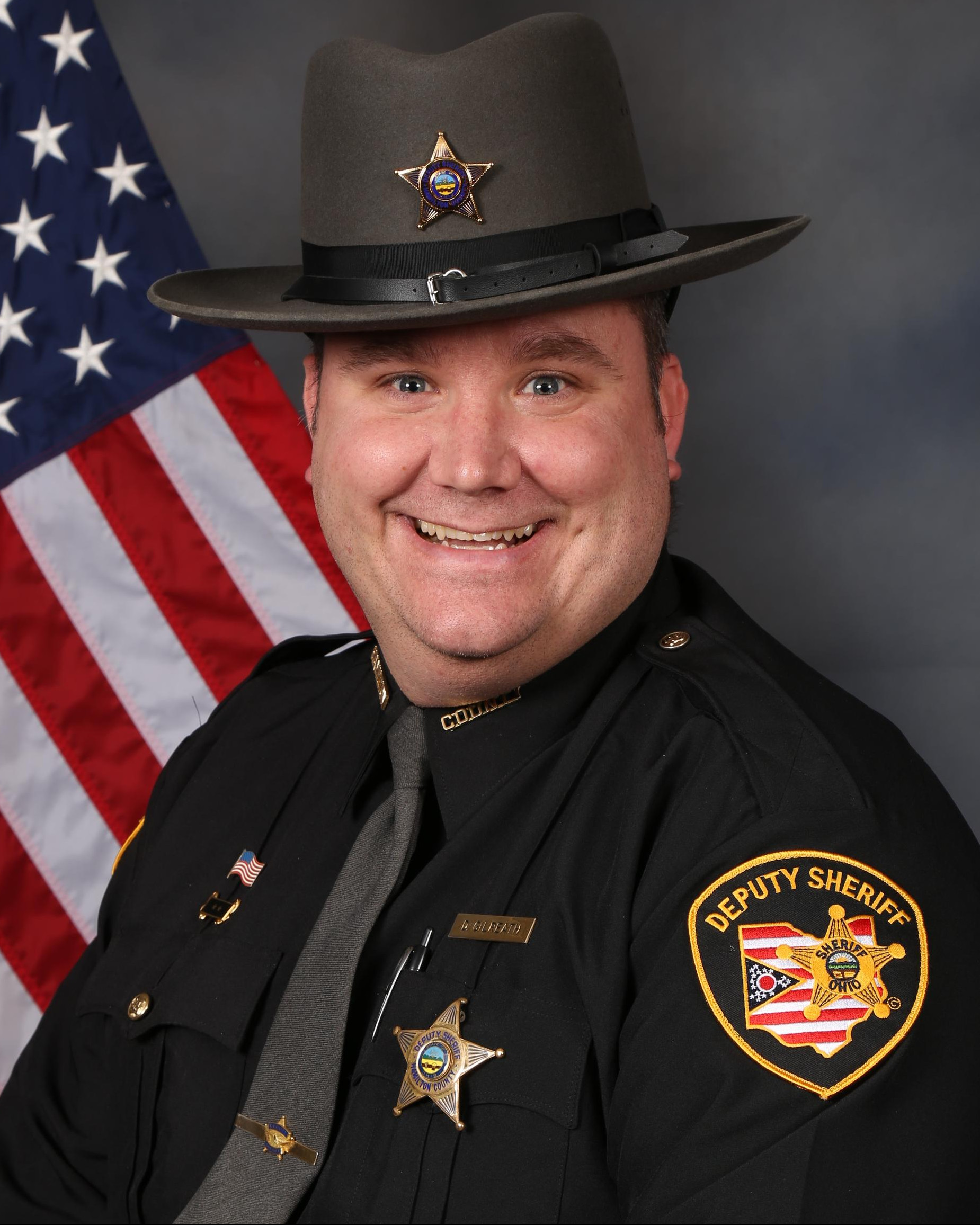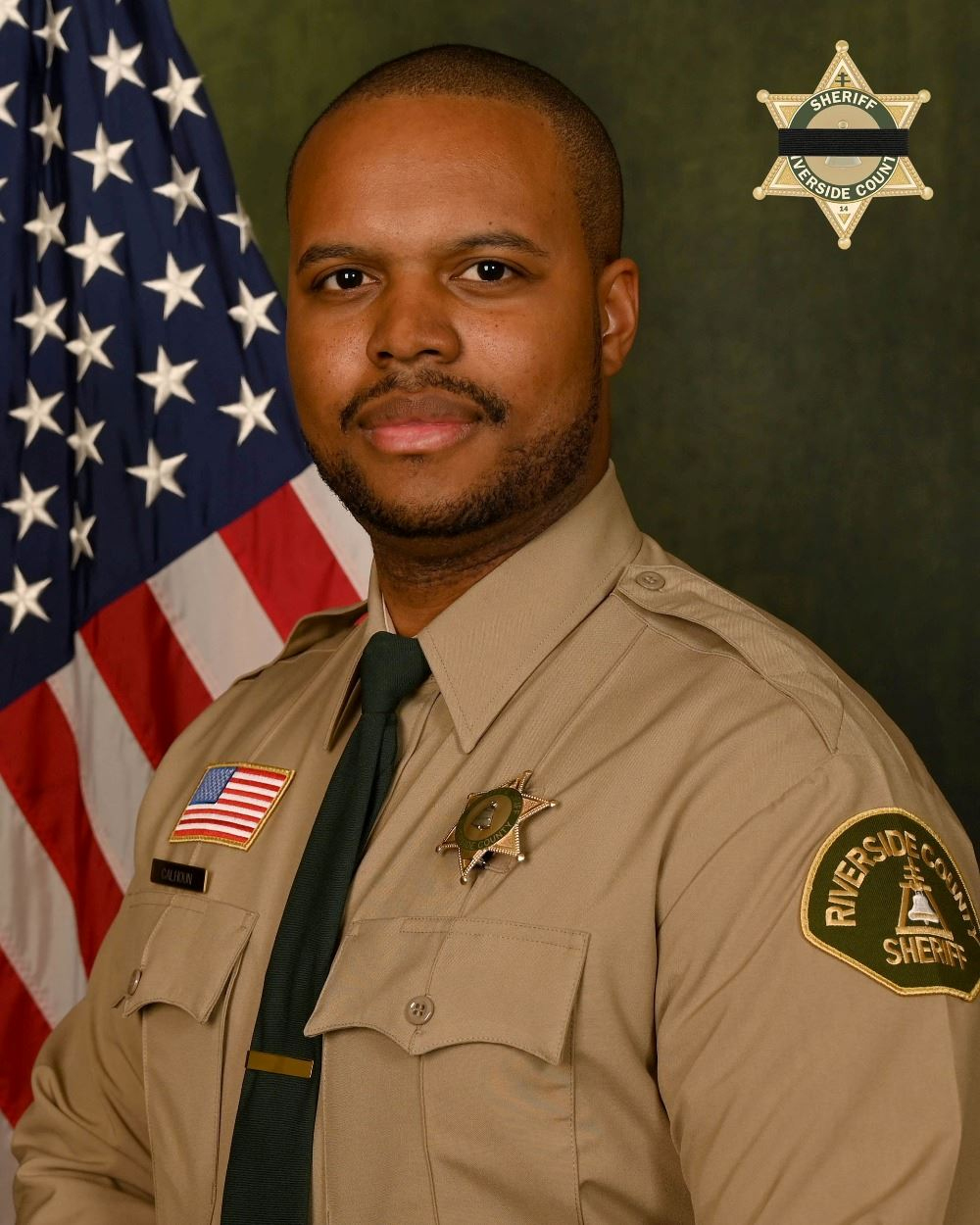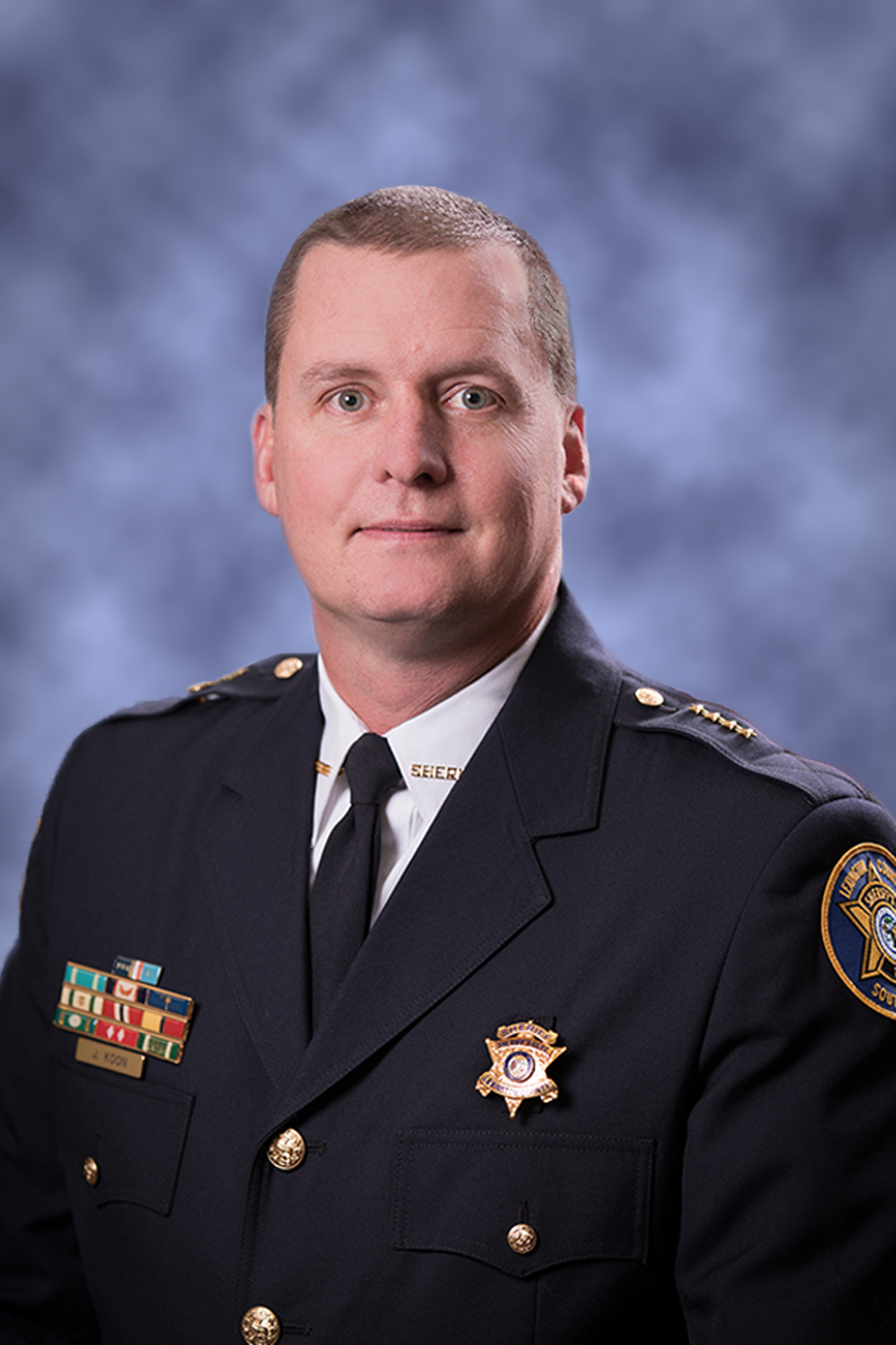Sheriff Kills Judge - Unpacking US Law Authority
Imagine a headline that truly grabs your attention, something so unexpected it makes you pause and think about the very fabric of our legal systems. A phrase like "sheriff kills judge" does exactly that, doesn't it? It makes you wonder about the limits of power, the lines between different roles in keeping the peace, and what it really means when those lines are, well, tested. This kind of thought-provoking scenario brings to light a rather interesting question about who does what in the world of American law enforcement, and how their responsibilities sometimes overlap or stand completely apart.
You see, the way law enforcement works in the United States is, in some respects, quite different from what you might find in other places. There isn't just one big police force that handles everything. Instead, we have a whole collection of agencies, each with its own specific duties, its own patch of ground to cover, and its own unique way of operating. This setup can, you know, sometimes feel a little confusing, especially when you consider figures like the local police officer, the county sheriff, and the federal marshal, all working to uphold the rules.
This discussion will try to make sense of these various roles, shedding some light on what makes each one distinct. We will look at their histories, their everyday tasks, and how they fit into the larger picture of maintaining order. By the end, you should have a clearer idea of the different hats worn by those who serve and protect, and perhaps a better grasp of the context surrounding a phrase like "sheriff kills judge," not as an actual event, but as a concept that helps us understand authority.
Table of Contents
- What's the Big Deal About Law Enforcement Roles?
- Who Exactly is a Sheriff, Anyway?
- What About the US Marshal Service?
- How Do These Roles Connect - Or Clash?
- Can a Sheriff Really Do That?
- What's a Judge's Role in All This?
- Why Does Understanding These Roles Matter?
- The Balance of Power - A Final Thought
What's the Big Deal About Law Enforcement Roles?
When we talk about maintaining order and making sure everyone follows the rules, it's easy to just say "the police" and leave it at that. But really, that's like saying "the weather" when you mean sunshine, rain, or even a blizzard. There are so many different kinds of folks working to keep us safe, and each one has a very specific set of responsibilities. Knowing who does what is, you know, pretty important for understanding how our society functions, and for appreciating the various ways justice is served. It also helps us make sense of why certain agencies get involved in particular situations and others do not.
The Different Faces of Law - Police, Sheriff, and Marshal
Let's take a closer look at the main players. You have your local police officers, who are usually part of a city or town government. They are, basically, the folks you see patrolling your neighborhoods, responding to calls about small issues, and generally keeping an eye on things within city limits. Then there's the sheriff, who typically operates at the county level, covering a much larger area that includes both cities and rural stretches. And finally, there are the US Marshals, who are part of the federal government, with a reach that extends across the entire country. Each of these groups has, you know, a distinct mission, and their powers can vary quite a bit depending on where they are and what they are doing. It's a bit like having different layers of protection, each with its own special job to do.
Who Exactly is a Sheriff, Anyway?
The role of a sheriff is, perhaps, one of the oldest forms of law enforcement in the United States, with roots going way back to old England. A sheriff is typically an elected official, which makes them accountable directly to the people living in their county. This is a pretty unique aspect of their position, setting them apart from most police chiefs who are usually appointed. Their duties are, you know, often quite broad, covering a lot of ground that might surprise some folks who are not familiar with the role. They are not just about patrolling roads; their responsibilities run much deeper into the workings of the local justice system, as a matter of fact.
A Sheriff's Job and Local Influence - What if a Sheriff Kills Judge?
A sheriff's department usually has three main areas of responsibility. First, they often run the county jail, taking care of people who have been arrested or are waiting for their court dates. Second, they provide security for the courts, making sure everything runs smoothly and safely inside the courthouse. This includes, you know, protecting judges, jury members, and everyone else involved in legal proceedings. Third, they serve as the primary law enforcement agency in unincorporated areas of the county, meaning places that are not part of any city or town. They also handle civil processes, like delivering legal papers. So, when you consider a phrase like "sheriff kills judge," it really highlights the sheriff's close connection to the court system and the immense trust placed in their role to protect it. The idea of such an event, even as a hypothetical, makes you think about the very foundation of judicial safety and the duties of those who guard it.
What About the US Marshal Service?
Now, let's turn our attention to the US Marshal Service. These are federal agents, meaning they work for the national government, not a state or local one. Their history is also quite long, stretching back to the very beginnings of the United States itself. They were, you know, originally created by George Washington, so they have been around for a very long time, typically playing a key part in the enforcement of federal laws and the protection of the federal court system. Their reach is, literally, nationwide, giving them authority that crosses state lines, which is quite different from a local police officer or a county sheriff.
Federal Reach and Court Protection - The Context of Sheriff Kills Judge
The US Marshals have several really important jobs. They are, for example, responsible for tracking down and arresting fugitives who have committed federal crimes. This is a big part of what they do, often working across state lines to bring people to justice. They also protect federal judges, court officials, and federal courthouses, similar to how a sheriff might protect a county courthouse, but on a much larger, federal scale. Moreover, they manage the Witness Security Program, helping to keep important witnesses safe. When you consider the idea of "sheriff kills judge," it's interesting to note that federal marshals are specifically tasked with protecting federal judges, making any scenario involving harm to a judge a matter of extreme concern, potentially drawing in federal resources. The distinction between state-level sheriffs and federal marshals becomes, you know, quite clear in these kinds of discussions about judicial safety and the layers of protection available.
How Do These Roles Connect - Or Clash?
It's natural to wonder how these different law enforcement groups interact. Do they always work together smoothly, or are there times when their responsibilities might, you know, bump up against each other? The truth is, it's a mix of both. Often, police, sheriffs, and marshals cooperate on investigations, especially when a crime crosses jurisdictional lines. For instance, a local police department might ask a sheriff's office for help with a case that goes into the county's rural areas, or a federal marshal might team up with local law enforcement to find a fugitive who is believed to be hiding in a particular town. This kind of teamwork is, very, very common, and it helps make sure that no matter where a crime occurs, there's someone with the right authority to handle it.
Overlapping Duties and Distinct Powers - A Look at Sheriff Kills Judge Scenarios
While cooperation is key, there are situations where their powers are distinct. A city police officer, for example, generally has no authority outside their city limits, unless they are pursuing a suspect or have a specific agreement with another agency. A sheriff's authority is tied to their county. US Marshals, on the other hand, have federal authority everywhere. The idea of "sheriff kills judge" is, in a way, a stark example of how the lines of authority and responsibility are supposed to work. A sheriff's role is to protect the courts and uphold the law within their county. The very notion of a sheriff harming a judge would represent a complete breakdown of that fundamental duty, making it a scenario that would, you know, immediately involve multiple layers of investigation and accountability, highlighting the severe consequences when established roles are violated. It underscores the separation of powers and the checks and balances built into our system.
Can a Sheriff Really Do That?
When we hear a phrase like "sheriff kills judge," it brings up a lot of questions about what a law enforcement officer, even an elected one like a sheriff, is truly allowed to do. The simple answer is that all law enforcement officers, regardless of their title or agency, operate under a strict set of laws and regulations. They have specific powers, but those powers also come with very clear limits. There are, you know, protocols for everything, from making an arrest to using force, and these rules are designed to protect both the public and the officers themselves. No one is above the law, not even those who are tasked with enforcing it, so, too it's almost a given that such actions would be outside of any legal framework.
Understanding Authority Limits - The Hypothetical of Sheriff Kills Judge
A sheriff, like any other peace officer, has the authority to use force, including deadly force, but only under very specific and extreme circumstances, such as when they or another person are in immediate danger of serious bodily harm or death. These situations are, you know, very, very serious and are always subject to intense review and investigation afterward. The idea of a "sheriff kills judge" as a hypothetical scenario, therefore, serves to emphasize the profound breach of duty and trust that such an act would represent. It would not be an exercise of legitimate authority but rather a criminal act, subject to the full force of the law. This hypothetical helps us understand the boundaries that are meant to contain power and ensure accountability, making it clear that even those with badges must follow the rules. It's a way to explore the absolute limits of their legal reach, as a matter of fact.
What's a Judge's Role in All This?
A judge holds a truly special place in our legal system. They are, in essence, the impartial arbiters of justice, responsible for interpreting laws, overseeing trials, and making decisions that affect people's lives. Judges are supposed to be independent, meaning they are not influenced by political pressures or personal feelings. This independence is, you know, absolutely essential for a fair and just system. Their role is to ensure that everyone gets a fair hearing and that the rules are applied equally to all. They are, basically, the guardians of fairness and the rule of law within their courtrooms, so, too it's almost as if they are the very embodiment of legal order.
Judicial Authority and Public Trust - The Implications for Sheriff Kills Judge
Judges exercise judicial authority, which means they have the power to make rulings, issue warrants, and hand down sentences. This authority is derived from the law itself and is crucial for the functioning of society. The public places a huge amount of trust in judges to be fair, wise, and uphold the principles of justice. When we consider the phrase "sheriff kills judge," it points to a scenario that would shatter that public trust and undermine the very foundation of the justice system. The judge's role is to ensure due process and legal order, and the sheriff's role is, in part, to protect that order and the individuals within it, including the judge. So, this hypothetical truly underscores the critical importance of each role staying within its proper bounds and maintaining the integrity of the system. It highlights the profound disruption that would occur if the protector became, you know, the aggressor, which is a very serious thought indeed.
Why Does Understanding These Roles Matter?
Knowing the differences between police, sheriffs, and marshals is not just for people who work in law. It's actually, you know, pretty important for everyone. When you understand who is responsible for what, you can better grasp how our communities are kept safe and how justice is administered. It helps you know who to call for different kinds of problems, and it also helps you understand the news when you hear about various law enforcement actions. This knowledge, basically, gives you a clearer picture of the intricate web of safety and order that surrounds us, and how each part plays its part in the overall scheme of things.
Keeping Our Communities Safe - Beyond the Idea of Sheriff Kills Judge
Beyond the dramatic hypothetical of "sheriff kills judge," which is, you know, a very extreme way to think about authority, the daily work of these agencies is about protecting people, responding to emergencies, and making sure our laws are followed. Police officers are often the first responders to everyday incidents in cities. Sheriffs maintain order across vast counties, often running jails and keeping courthouses secure. US Marshals work to bring federal fugitives to justice and protect federal court personnel. Each layer of law enforcement adds a crucial element to our collective safety. Understanding these roles helps us appreciate the complexity and dedication involved in maintaining a safe and orderly society, and how, you know, each piece fits together to create a functioning system of protection and justice for everyone.
The Balance of Power - A Final Thought
The system of law enforcement in the United States is, you know, a complex arrangement of local, county, and federal agencies, each with its own history, responsibilities, and limits. From the city police officer patrolling neighborhoods to the county sheriff overseeing jails and court security, and the federal US Marshal pursuing fugitives across states, each role is a vital component of maintaining order and upholding the rule of law. The phrase "sheriff kills judge," while a stark and unsettling hypothetical, serves as a powerful reminder of the delicate balance of power, the importance of defined roles, and the absolute necessity of accountability within our justice system. It underscores that even those entrusted with great authority are bound by law and by a profound public trust. This balance is, really, what keeps our society functioning, ensuring that justice is pursued and safety is maintained, not through unchecked power, but through a carefully constructed framework of duties and responsibilities.

Deputy Sheriff Donald Raymond Gilreath, III, Hamilton County Sheriff's

Deputy Sheriff Darnell Calhoun, Riverside County Sheriff's Department

Sheriff Koon launches effort to recruit, retain employees - Lexington